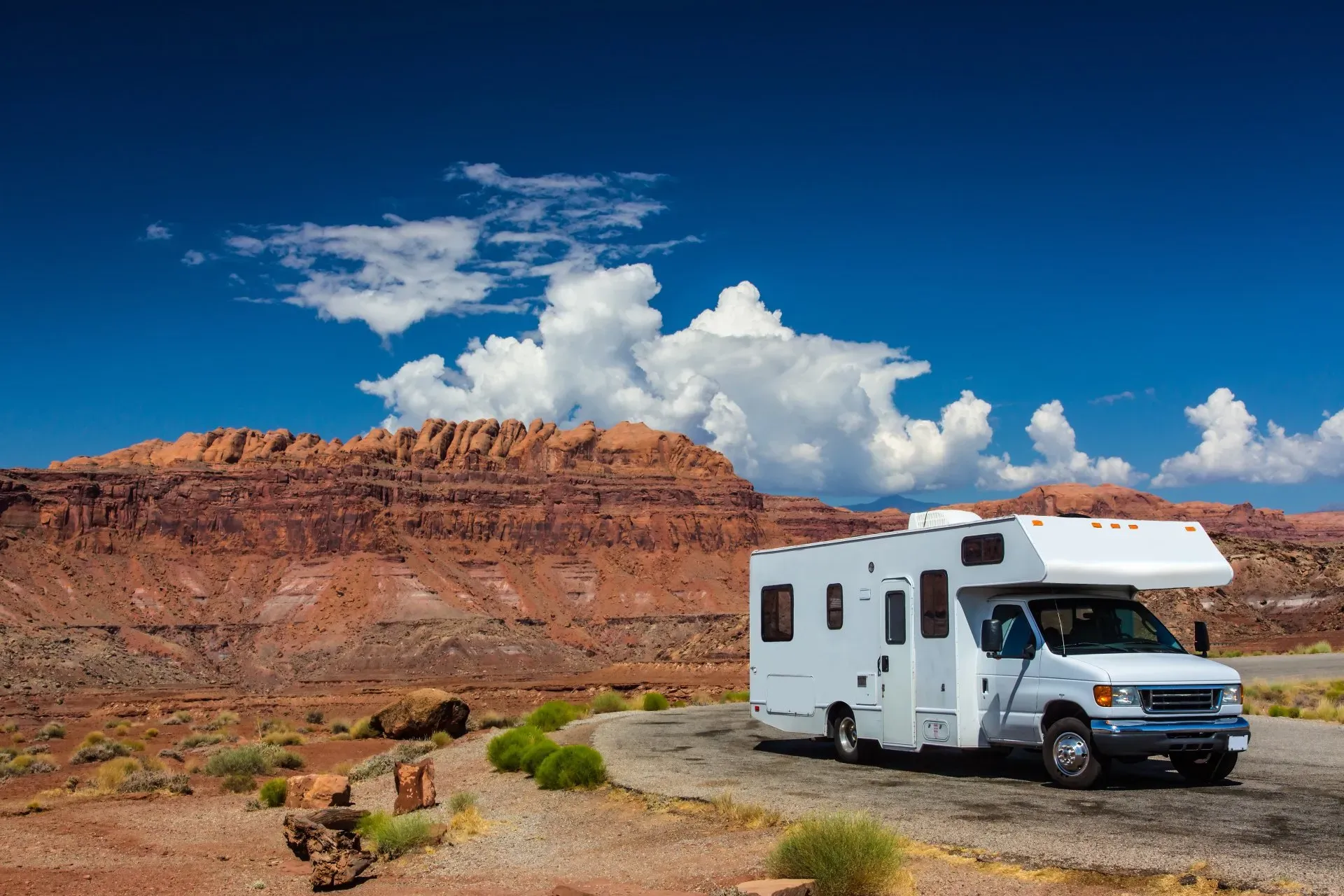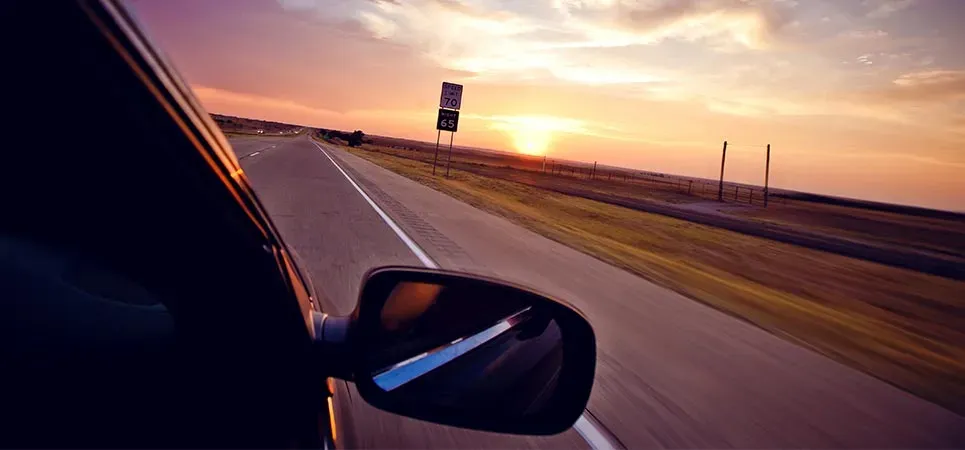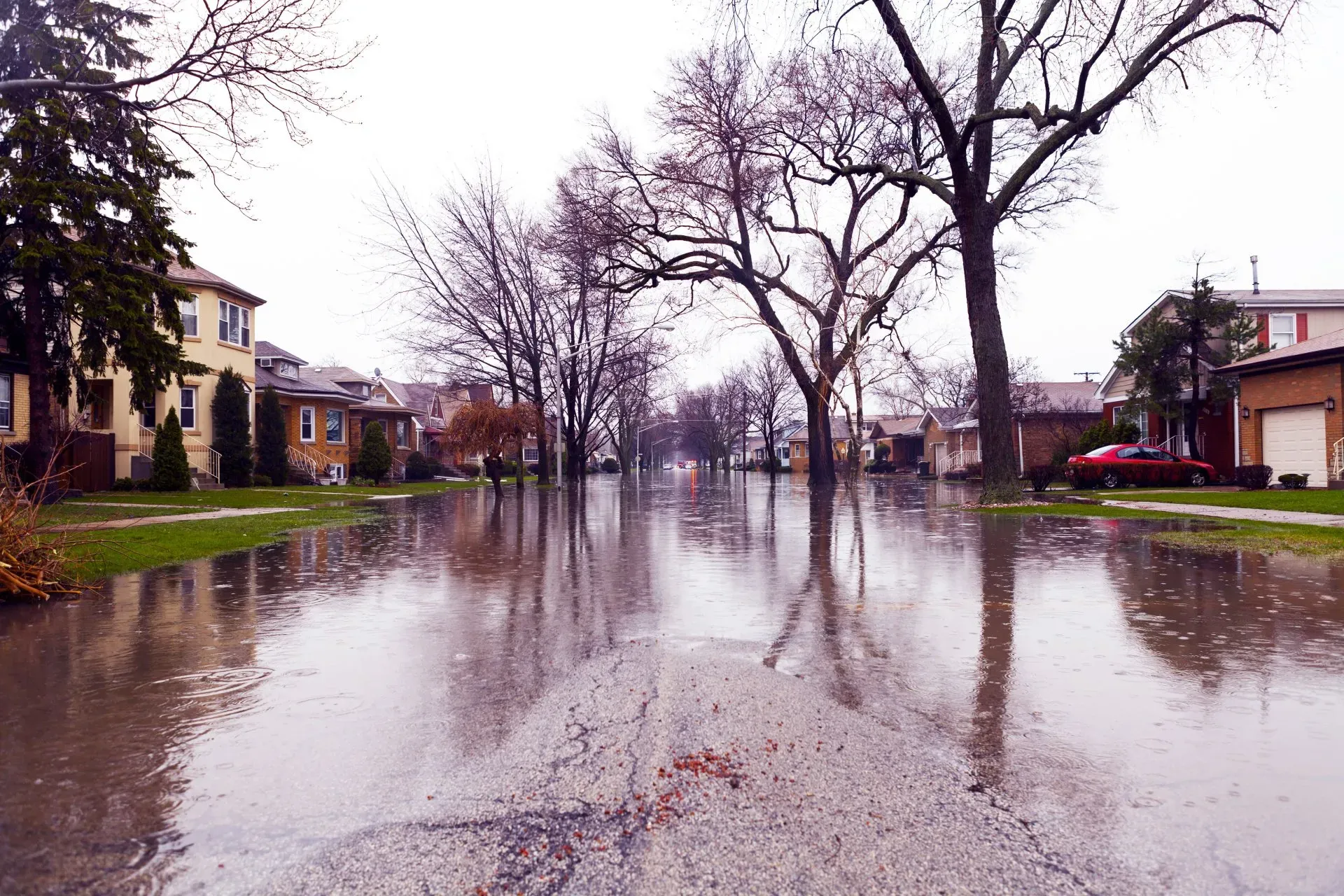The Recreational Vehicle: A Brief History and Why Americans Love Them

You’ve seen it in old time period movies that depict the circus life or the gypsy lifestyle of some of the early Europeans in the mid-1800s. Many of these people were known to live out of their wagons, which carried their sleeping quarters, pots, pans, candles, and every other amenity needed for the nomadic existence in the mid 19th century. We may not often think of it as such, but these were the first versions of life on the road and the first iterations of what we know today as RVs or recreational vehicles.
Since 2011, approximately 10 million households own one of these recreational vehicles. This means that on any given summer, on any given day, there might be millions of Americans traveling cross country in an RV.
The Beginnings of the RV
The early versions of what we think of today as RVs hit the market around the 1930s, but were really around for twenty years prior. In the early 20th century, there was yet to be a highway system; there were few paved roads and few gas stations, but these wagon-like vehicles existed as the American spirit for exploration. Discovery blossomed as a result. These early versions, of course, did not have modern amenities like bathrooms and, as RV historians often point out, that meant the bathroom was typically yonder tree or yonder bush.
Variations of Camping Trailers Emerge
Camping trailers began to be made by Los Angeles Trailer Works and Auto-Kamp Trailers. Another early version of a camper came out of New York City called the Piece Arrow “Touring Landau.” Both of these innovative vehicles were featured in an issue of Popular Mechanics dated 1911. In the 1930s, the recreational vehicles that hit the market were equipped with beds, kitchenettes, and water. As the demand for mobility increased after World War II, the industry for these traveling vehicles flourished tremendously.
The Tin Can Tourists were the first RVing enthusiast club and it was created for those who were interested in the developing innovation of the recreational vehicle. The name for the club came from tin cans that were used to weld the radiators in order to heat their food.
The American Spirit of Exploration
The flourishing of this industry corresponded with America’s growing economy and the beginning of the Interstate Highway System started by President Dwight D. Eisenhower. The attempt to connect America via roads, however, began decades before that in 1916, with the Federal Aid Road Act of 1916. Then, there was the Federal Aid Highway Act of 1921, which provided millions of Federal aid for road construction. The implementation of cross-country roads was synonymous with the inherent American desire to travel, explore, and settle in new lands.
The post World War II period brought great economic expansion, a renewed and strengthened sense of national identity, and mobility of people from rural areas to the cities. Yet, it wasn’t just the war that helped spur this movement of recreational vehicles. Americans have always possessed an intrinsic need for the open road, for the final frontier, and for the exploration of new lands with the hope of growth and prosperity. The early settlers committed the ultimate act of exploration when they sailed for the New World in search of religious and economic freedom. From there, the expansion of the colonies and the development Westward showed that Americans were willing to traverse into the unknown for the sake of freedom, adventure, and prosperity.
The RV is a continuation of that instinct. Today, many people head out to explore the United States in their recreational vehicle. A 2018 Washington Post article, outlined that there were up to 1 million Americans living in their RVs. These folks are part of the movement of people who are ditching the traditional home for life on the road!
The Modern RV
Most of us won’t go to that extreme, but contemporary RVs have plenty of amenities and conveniences that make it almost like living in a house on wheels. The modern recreational vehicle contains a long list of creature comforts that make traveling on the road a breeze compared to one hundred years ago. Depending on what kind of RV you have, you may have full beds, bathrooms, baths, and even a full kitchen. Some of the different types of RVs include:
- Class A motorhome
- Class B motorhome
- Class C motorhome
- Truck camper
- Popup camper
- Travel trailer
- Teardrop trailer
- Hybrid trailer
Insuring Your Recreational Vehicle
RV insurance requirements can vary from state to state. If your RV has been financed and you are still paying it off, full coverage will most likely be required. The law requires motorhomes to have liability insurance while being driven on the road in most states. In order to legally drive your RV on the road, you are required to purchase liability insurance at a minimum. More comprehensive coverage, however, can be a good idea based on the size of the investment for the RV.
Get the Right Coverage With Advantage Insurance Agency
Advantage Insurance in El Paso, Texas is an authorized Progressive Insurance agent that offers comprehensive or liability coverage for recreational vehicles of all types. Whether you have a small-sized camper or a full-sized motorhome, we’ll help you find the right policy for you. Give us a call today.








